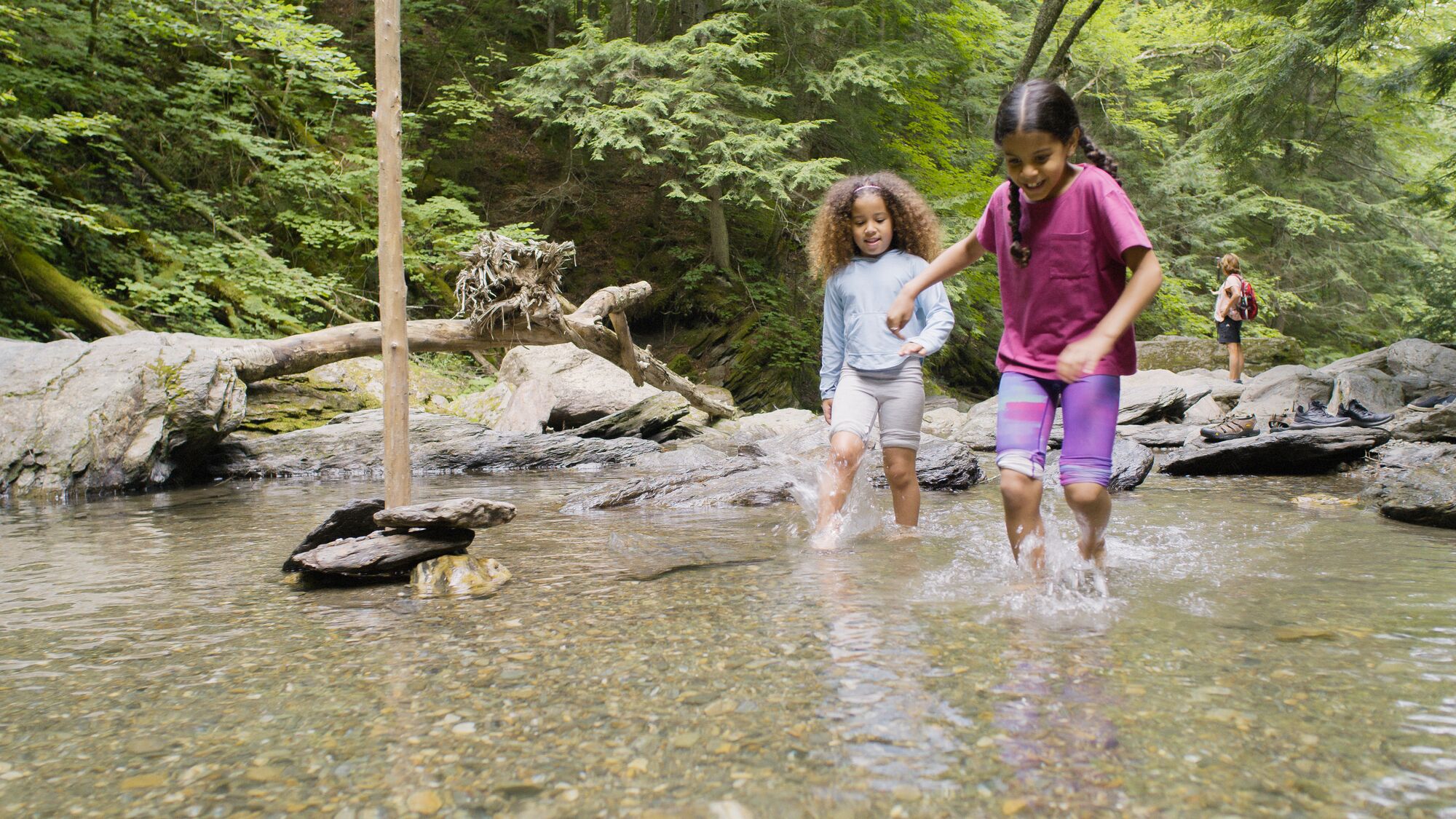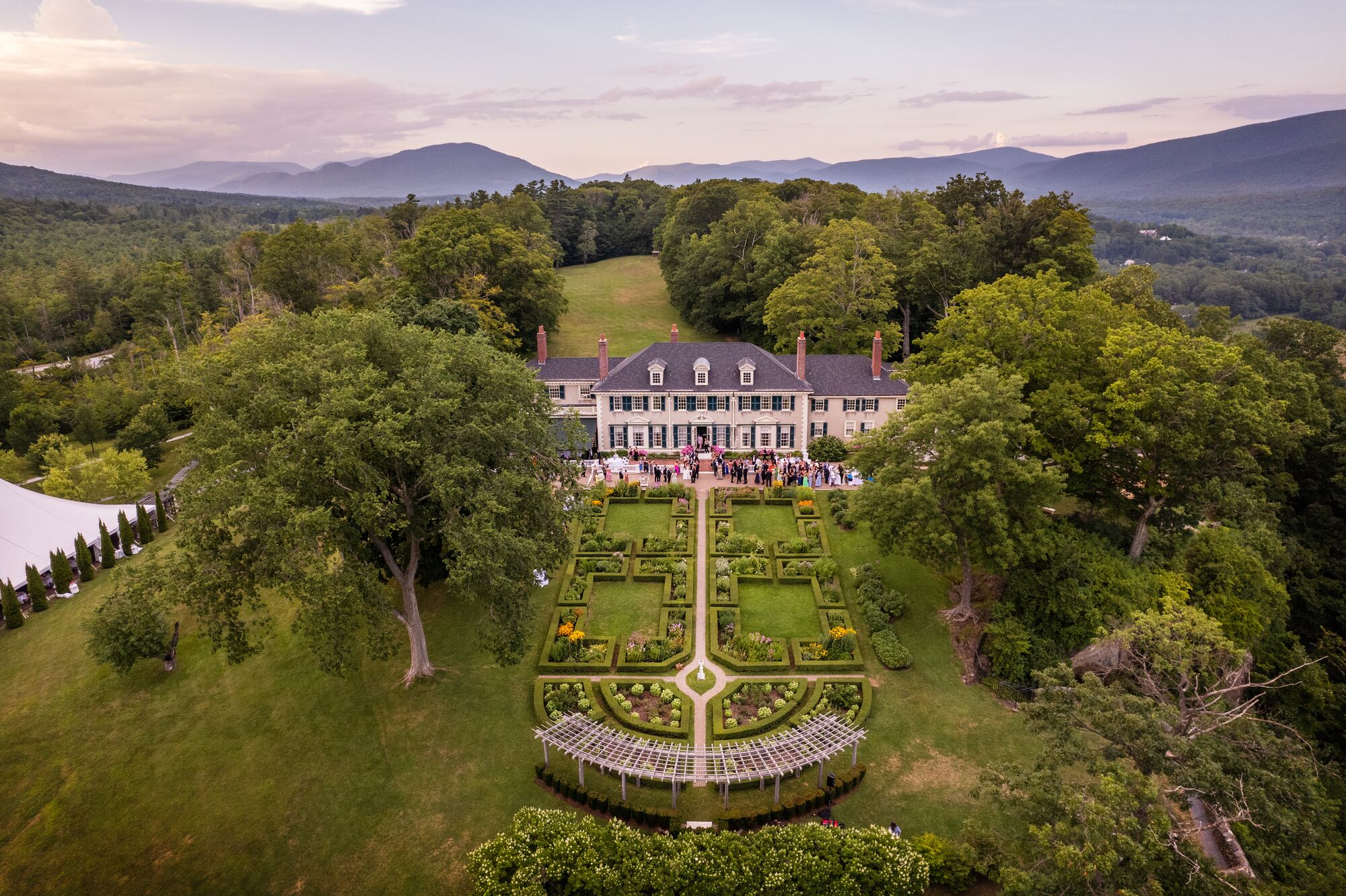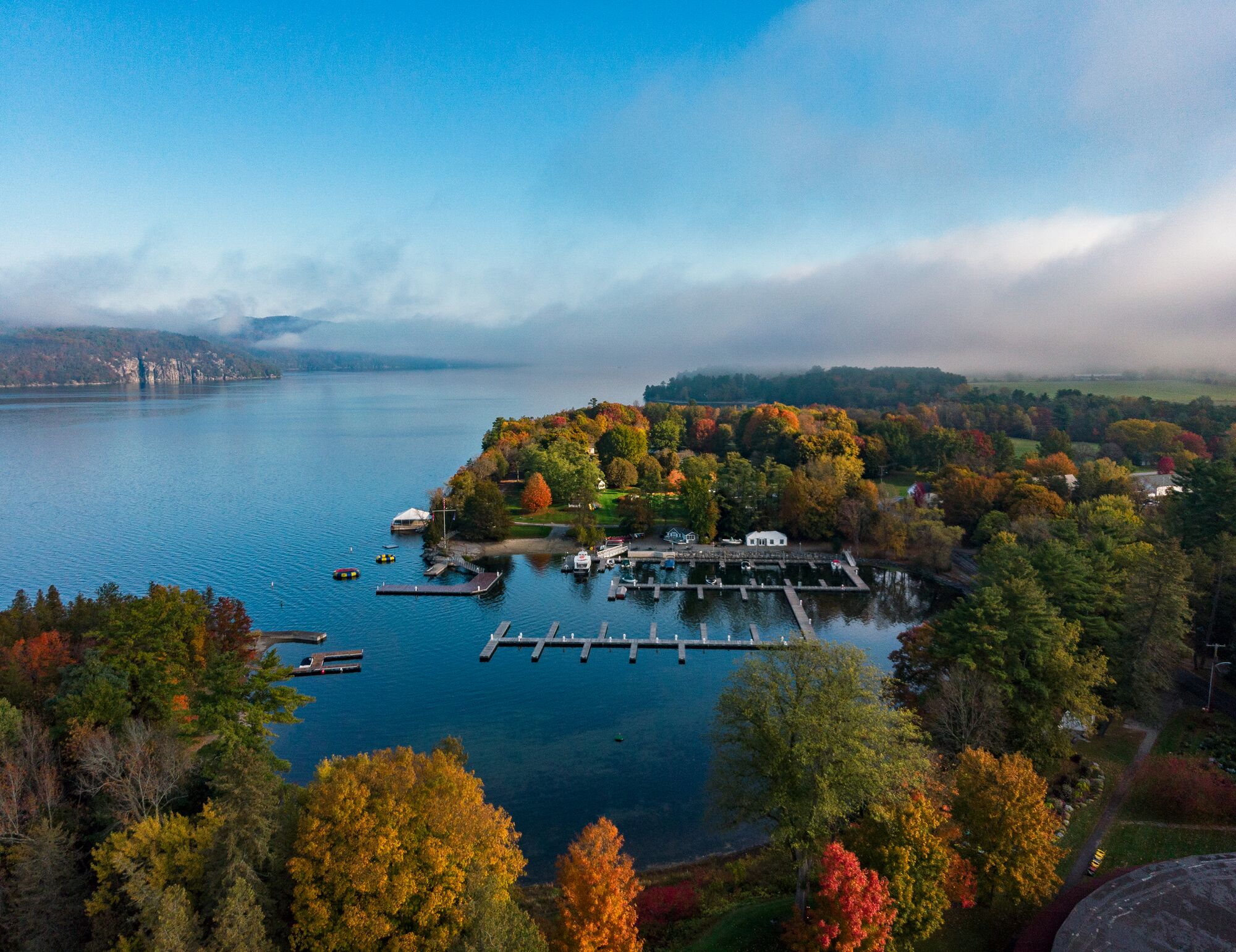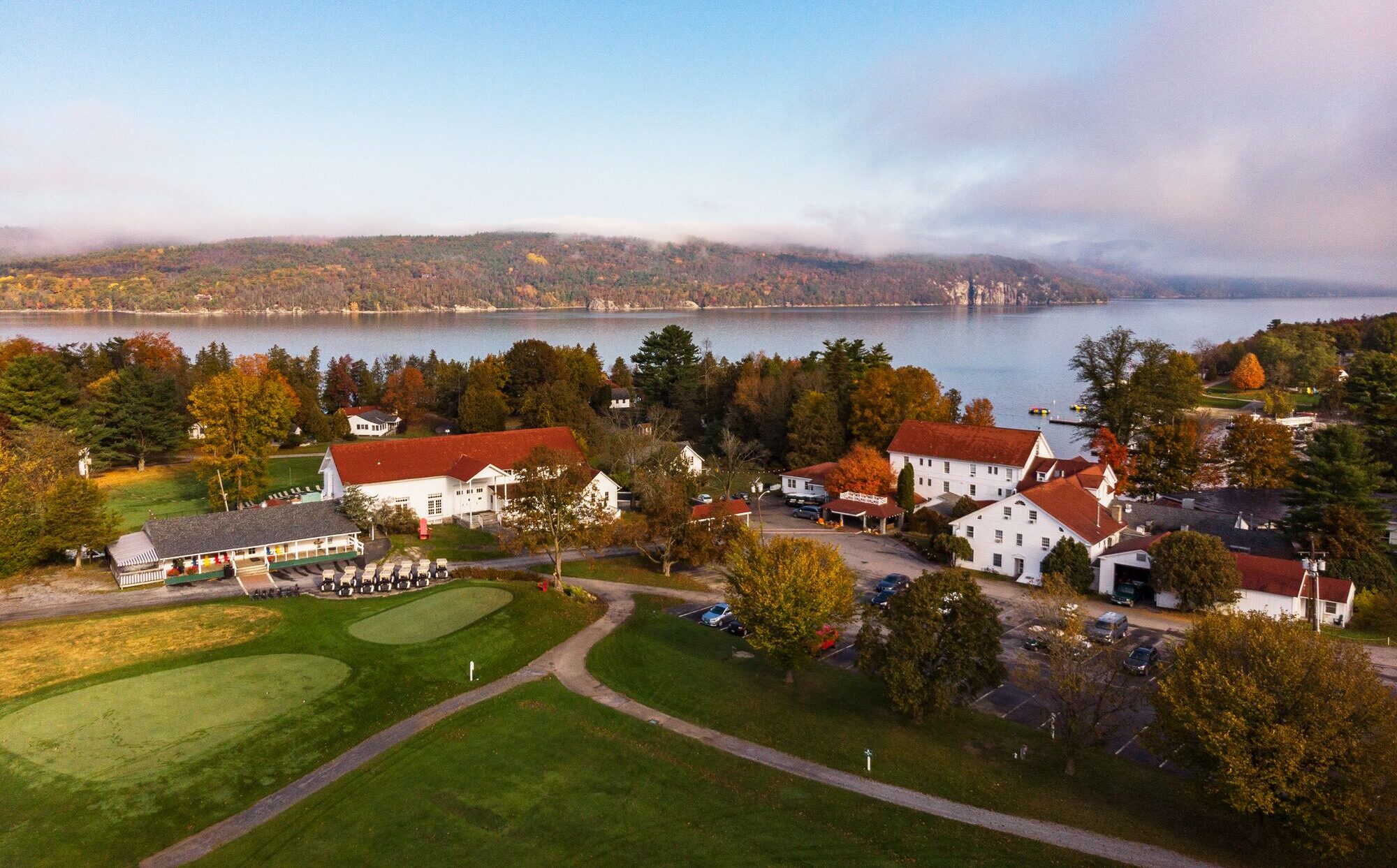Learning to Ice Skate
Essay: Learning to Ice Skate Is Easier Than You Think
By Jordan Adams
Story originally published in Seven Days on 12|07|2021.
Some people think that all Vermonters are nuts about winter sports. If you grew up here, surely you must be an expert snowboarder, cross-country skier, ice climber, curling lead and bobsledder. At least, that’s what many folks have assumed of me, a born Vermonter. What they don’t realize is that, if your parents didn’t do winter sports, you probably didn’t, either. Thanks a lot, Mom and Dad.
Aside from sledding down Mount Philo and building snow forts à la the classic Disney short “Donald’s Snow Fight,” the only winter sport I ever tried as a kid was downhill skiing — and I sucked at it, even after two seasons’ worth of lessons in middle school.
Lately, though, I’ve gotten more into athletics. With winter’s arrival — as well as my fast-approaching 39th birthday in January — I decided to be adventurous and try a cold-weather activity that has long piqued my curiosity: ice skating.
Maybe it was the thrill of watching high school friends zip around the hockey rink that intrigued me, or the serenity of the opening sequence in “A Charlie Brown Christmas.” I have vague childhood memories of strapping on training skates, the kind with two blades, but I don’t remember ever touching ice. Or, if I did, I didn’t move more than a step or two. The thought of smacking my head, knees, elbows and everything in between on cold ice over and over kept me on solid ground — an ice-rink virgin.
If I was going to skate, I wanted to learn from an expert. After a quick internet search, I stumbled on coach Jennifer Lupia, who’s known by the clever aptronym Jenn “Loops.” A decorated figure skater and experienced coach, Loops is a six-time United States Figure Skating Association gold medalist in various categories. She teaches group and private lessons all over Vermont, sometimes crisscrossing multiple counties in a single day. After a phone chat, she agreed to join me for a couple of sessions at the Gordon H. Paquette Ice Arena at Burlington’s Leddy Park.
The day before my first lesson, one of my editors sent me a link to an Onion article headlined: “Man Ice Skating for First Time Really Getting Hang of Clutching Wall.” Yup, that’s gonna be me, I thought to myself. My freezer was stocked with ice packs and bags of frozen peas. I was prepared for the worst.
I arrived at Leddy excited but also scared that I would spend the rest of the day at urgent care. After lacing up, I carefully took my first steps around the perimeter of the rink.
I remarked to a woman who had just come off the ice that walking in skates was way easier than I thought it would be. She pointed out that’s because the rubberized flooring in the arena is cushy and stable.
“Wait until you get out on the ice,” she said with a bit of playful menace.
Loops greeted me soon after and immediately pointed out that my skates were not properly laced. With my foot secured between her knees, she relaced them, noting that the tongue needed to be pressed as close against my shin and ankle as possible.
Aside from forgetting to bring gloves, I’d made another wardrobe mistake: wearing skinny jeans. I’d planned to tuck my pants inside the tops of the skates, but Loops suggested a looser fit next time.
Before we got on the ice, she made sure I knew how to enter the rink — by stepping over the slippery divider between the rubber flooring and the ice, not on top of it. I held my breath and steeled myself for impact as my blades touched the rink’s surface.
Miraculously, nothing bad happened. I did not involuntarily fall into the splits and tear my pants the way I had pictured.
Under Loops’ instruction, I started with some literal baby steps. Bill Murray’s character Bob Wiley in the comedy film What About Bob? came to mind: Baby steps, learn to ice skate; baby steps, don’t die, I thought to myself.
Next, Loops talked about proper stance, explaining that my knees should be bent and loose.
“Squishy squishy,” she said, noting that’s how she describes it to children.
“You can teach me like I’m 5,” I joked.
She also stressed that I should keep my head and spine straight up. It’s natural to want to lean forward to correct your equilibrium, but that’s not how you achieve good balance on the ice.
After those basics, Loops suggested cruising around a bit, just to get comfortable. Personable and friendly, she distracted me with general questions about my life and work. After a quick back-and-forth, she interjected, “I hate to break this to you, but you’re skating.”
She was right. I was already gliding with relative ease. Each carving motion felt surprisingly natural. I had expected to have the sensation of scrambling atop a hostile surface, but instead the world seemed to be gradually moving beneath me.
On a Thursday morning at 9:30 a.m., the rink wasn’t terribly crowded, with about 10 other people gliding around the ice. An intermediate couple practiced synchronized moves. A nimble woman carved back and forth, doing skid stops. A teenage boy, the human embodiment of a Great Dane, flailed his lanky limbs with wild abandon, falling numerous times and laughing it up. He might have been having more fun than me, but my staid movements made me feel more in control.
Loops decided it was time to learn a few specific techniques. Gripping the wall, she demonstrated a swizzle move. Skates start together, move forward and outward, then come back together, making a kind of teardrop pattern. Moving off the wall, we worked up a bit of momentum and practiced the swizzle.
After that, Loops showed me a simple snowplow stop. The toes of the skates point slightly inward as you push out to the sides, leaning on the inside edge of the blade.
A more difficult maneuver was backward skating. To accomplish this, Loops ever so slightly pointed her heels apart, and voilà! But I found it challenging to gain momentum or keep a fluid motion using her method. I gave up pretty quickly, which Loops would rib me about during our second lesson, the following morning.
Loops briefly went over slaloms, in which the skates stay together and swish from side to side, and how to fall properly, absorbing impact on your side: arms stretched out, knees together. If you feel like you’re about to fall, she said, grip your knees to stabilize.
By the end of day two, I could do three swizzles in a row, snowplow stop and, daringly, balance on one foot for a split second. I did not try to one-foot it again after my brief success.
All through our lessons, Loops reminded me to keep my shoulders squared, head level, buns and core tight, and knees loose, employing each body part as needed for the skill we were practicing. It was an awkward combination of things to keep track of, and the motions sometimes felt like they were in opposition. But they slowly translated into muscle memory.
My favorite thing about learning to skate? Just cruising around the rink with a forward glide, pushing my feet out behind me in a swift diagonal motion. It became easier and easier, even in my first session.
And I didn’t fall. Not once.
Seven Days Staytripper Series
Created by Seven Days, the “Staytripper: The Road Map for Rediscovering Vermont” series presents curated excursions statewide. The series was originally published from 2020-2022 and highlights Vermont restaurants, retailers, attractions, and outdoor adventures to spotlight all corners of the state.



